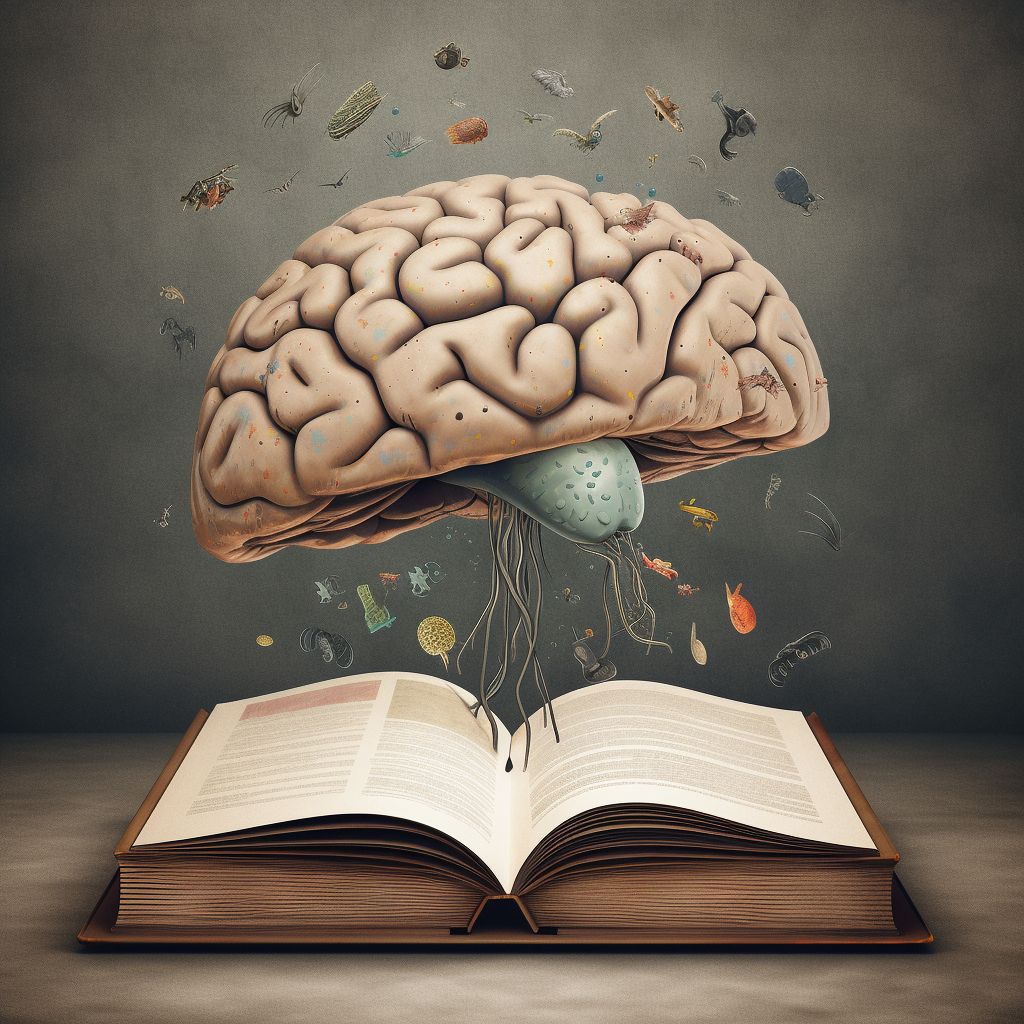
In psychology, storage refers to the ability to retain and keep information in the brain. Much like storage on your computer, except, you know, brains and humans. Memory is the encoding of information and keeping it in our brains, also known as storage. When we want to remember something, the brain accesses our storage and retrieves the information for us. According to the modern theory of memory, we have both short-term and long-term memory functions.
Storing Memories: The Marvelous Human Brain
Think of the human brain as a magical warehouse, with an unseen army of workers, tirelessly organizing and storing all the bits and pieces of life’s experiences. The brain is the ultimate storage unit, where memories are safely tucked away until they are needed again. This amazing organ works 24/7, ensuring that our most important memories stay with us, while the less important ones are swept away.
Short-Term Memory: The Quick and the Temporary
Short-term memory, also known as working memory, is like the brain’s very own sticky note. It’s a temporary holding area where information is held for brief periods. Short-term memory helps us remember things like phone numbers, names, and directions, but only for a few minutes to a few hours. It’s like the brain’s Post-it note, holding onto information just long enough for us to use it, and then it’s gone!
Long-Term Memory: The Keeper of Life’s Stories
Long-term memory, on the other hand, is like the brain’s library, filled with shelves and shelves of life’s memories. This type of memory can store information for days, months, years, or even a lifetime. Long-term memory is divided into two main categories: explicit and implicit memory.
Explicit Memory: Remembering on Purpose
Explicit memory is the conscious, intentional recollection of facts and events. It’s like the autobiography section of the brain’s library, filled with stories of past experiences, names, and faces. Explicit memory can be further divided into two subcategories: episodic memory and semantic memory.
- Episodic Memory: This is like the personal diary of the brain, recording specific events and experiences. It allows us to remember our first day of school, a favorite vacation, or that time we got an ice cream cone that was bigger than our head.
- Semantic Memory: This is the brain’s encyclopedia, filled with general knowledge and facts. It allows us to remember things like the capital of France, how to solve a math problem, or the name of the first person to walk on the moon.
Implicit Memory: Remembering Without Trying
Implicit memory is the unconscious, automatic recollection of skills and habits. It’s like the brain’s how-to manual, filled with instructions on how to ride a bike, tie a shoelace, or play the piano. Implicit memory can be further divided into two subcategories: procedural memory and classical conditioning.
- Procedural Memory: This is the brain’s instruction manual, helping us remember how to perform actions and skills. It allows us to ride a bike, tie our shoes, or make a sandwich without consciously thinking about it.
- Classical Conditioning: This type of memory involves learning through association. For example, if a dog hears a bell every time it’s fed, it will eventually associate the sound of the bell with food and start salivating when it hears the bell, even without food being present.
Examples of Storage in Action
Now that we have a better understanding of the different types of memory and storage, let’s dive into some examples of how these processes work in real life.
Remembering a Friend’s Birthday
Let’s say it’s time to remember a friend’s birthday. The brain will first use short-term memory to recall the date, which might have been mentioned in passing during a conversation. If the birthday is important enough, the brain will transfer this information from short-term to long-term memory, specifically into semantic memory, so it can be recalled when needed.
Learning to Drive
When learning to drive, the brain will rely on short-term memory to remember the steps for operating a vehicle. As these steps are practiced and become more familiar, the brain will transfer this knowledge into long-term memory, specifically into procedural memory. Eventually, driving will become second nature, and the driver won’t have to consciously think about every step involved in the process.
A Trip to the Zoo
Imagine going to the zoo and seeing a unique animal for the first time, like a red panda. The brain will store the visual image of the red panda in short-term memory. If this memory is important or interesting enough, it may be transferred to long-term memory as an episodic memory. Later, when someone mentions red pandas, the brain will retrieve this stored memory, allowing the person to recall the experience of seeing one at the zoo.
The Role of Sleep in Memory Storage
Sleep plays a vital role in memory storage. During sleep, the brain takes the time to clean up and organize the day’s memories. It’s like the brain’s housekeeping crew, tidying up the library and organizing the shelves. Research shows that sleep is essential for consolidating memories, transferring information from short-term to long-term memory, and maintaining overall cognitive health.
In Conclusion: The Remarkable World of Memory Storage
The human brain is an extraordinary and efficient storage system. From short-term memory that acts like a sticky note, to long-term memory that serves as a vast library, the brain ensures that memories are preserved and accessible when needed. Through various types of memory, the brain keeps track of facts, skills, and experiences, making life rich and meaningful.
With a better understanding of memory storage, it’s easy to appreciate the incredible complexity and beauty of the human mind. So, the next time a cherished memory surfaces, take a moment to marvel at the intricate storage system that made it possible to remember and relive that special moment.




